Astronomers Unveil the Ancient Source of Light that Illuminated the Universe
During the universe’s infancy, it remained in a dark age, or period in which only primordial gases were present for hundreds of millions of years. Then, a major event occurred, spreading light throughout the cosmos.
This period, known as the Epoch of Reionization, has been a long-standing puzzle for astronomers. Now, a team of international researchers, leveraging the cutting-edge capabilities of the James Webb Telescope, believes they have finally cracked the mystery.
Darkness During the Infancy of the Universe
The universe came into being over 13.8 billion years ago after the Big Bang. However, in the beginning it didn’t resemble the vast body of stars and celestial objects we know today.

Source: Wikimedia
The cosmos in its infancy was absent of light, better described as a dark void comprised of dense and obscuring primordial gases.
Free of Stars and Galaxies
For several hundred million years after the Big Bang, the universe was nothing more than a soup of particles. However, it would soon enter into a period known as “recombination,” in which protons, neutrons, and electrons would begin to appear.
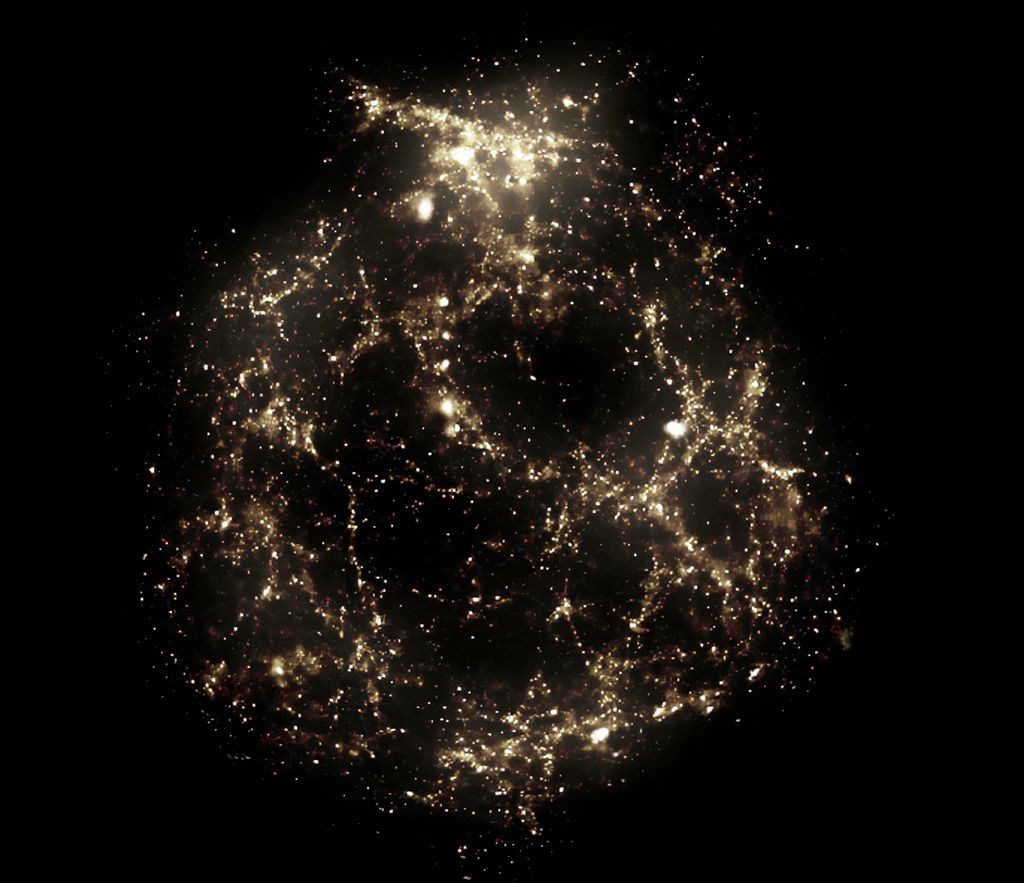
Source: Wikimedia
“Light had formerly been stopped from traveling freely because it would frequently scatter off the free electrons. Now that the free electrons were bound to protons, light was no longer being impeded. “The era of recombination” is the earliest point in our cosmic history to which we can look back with any form of light,” wrote NASA.
Then There Was Light
During this early period, the universe was still free of stars and galaxies as we know them today and remained in what astronomers refer to as a dark age. However, around a billion years after the Big Bang, the universe entered into the “Epoch of Reionization,” and light spread throughout the cosmos.

Source: Wikimedia
During this period, the first stars begin to emerge, essentially marking the end of the dark ages. Enormous stars 30 to 300 times the mass of our sun, burning millions of times brighter, begin to appear throughout the universe.
The Epoch of Reionization
NASA explains that the Epoch of Reionization, a pivotal phase in the universe’s history, “refers to the point when most of the neutral hydrogen was reionized by the increasing radiation from the first massive stars.”
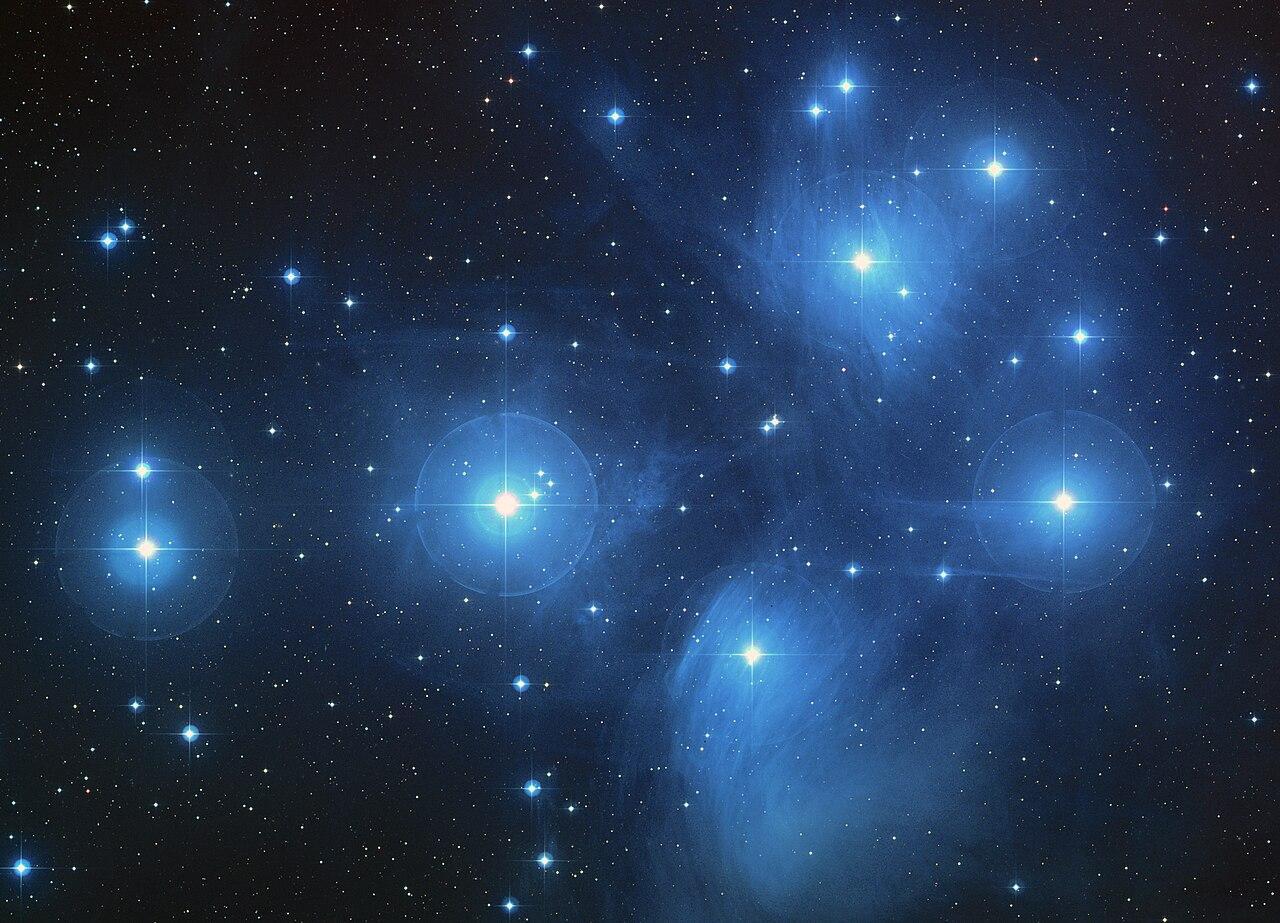
Source:
They added, “Reionization is an important phenomenon in our universe’s history as it presents one of the few means by which we can (indirectly) study these earliest stars.”
Researchers Search for the Origin of Light
One problem surrounding this unique period of the universe’s history is that scientists struggle to discern exactly when the first stars began to form or what kick-started this reionization process.
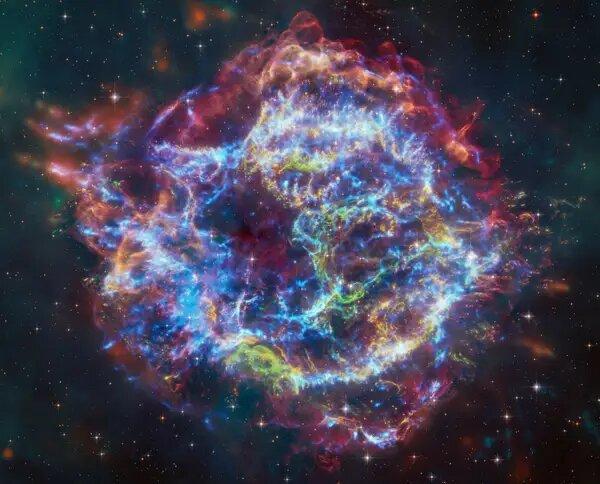
Source: NASA
For decades, scientists have been scouring the universe for a source of radiation so powerful that it cleared away the fog and allowed the cosmos to transition from a dark era to one of light. Now, researchers believe they finally have an answer.
Eight Dwarf Galaxies Hold the Keys to the Mystery
A team of international scientists working with the James Webb Space Telescope (JWST) analyzed eight dwarf galaxies that existed during the universe’s billion-year mark.
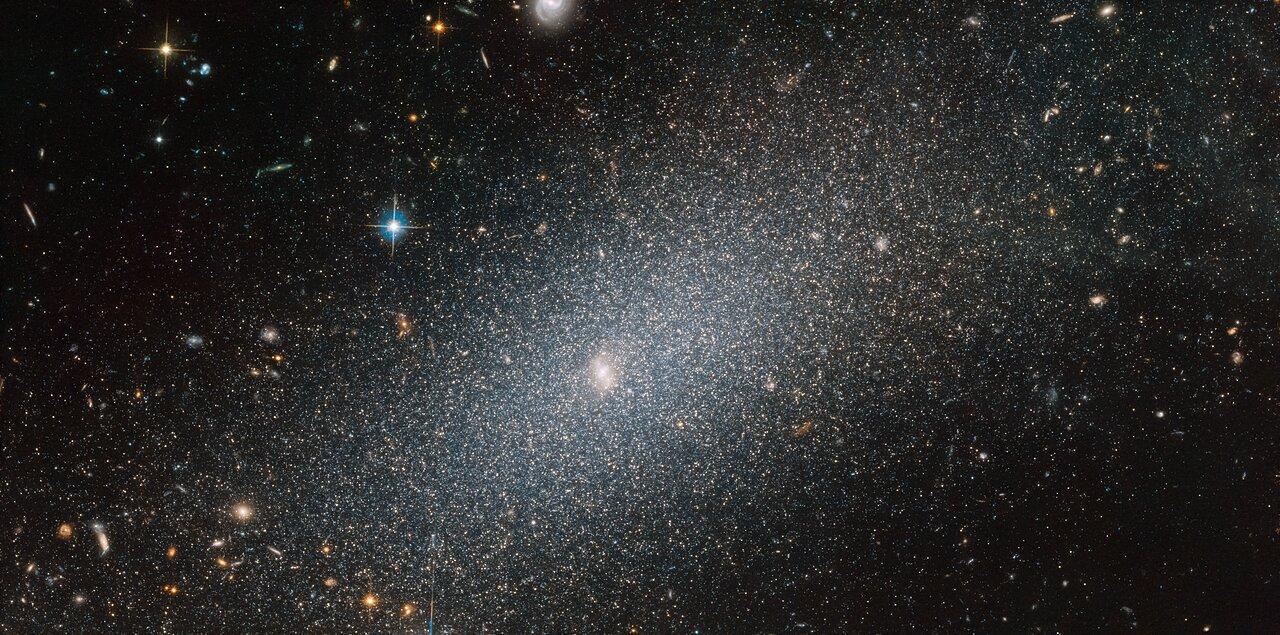
Source: Wikimedia
The results of this study, shared in the journal Nature, suggest dwarf galaxies may have played a significant role in lighting up the universe, so to speak, as they produced the first photons that ushered in the reionization epoch.
The Role of Ultra-Faint Galaxies in Lighting up the Universe
Iryna Chemerynska, an astrophysicist at the Institut d’Astrophysique de Paris in France and co-author of the study, shared her thoughts on the discovery during a press statement.
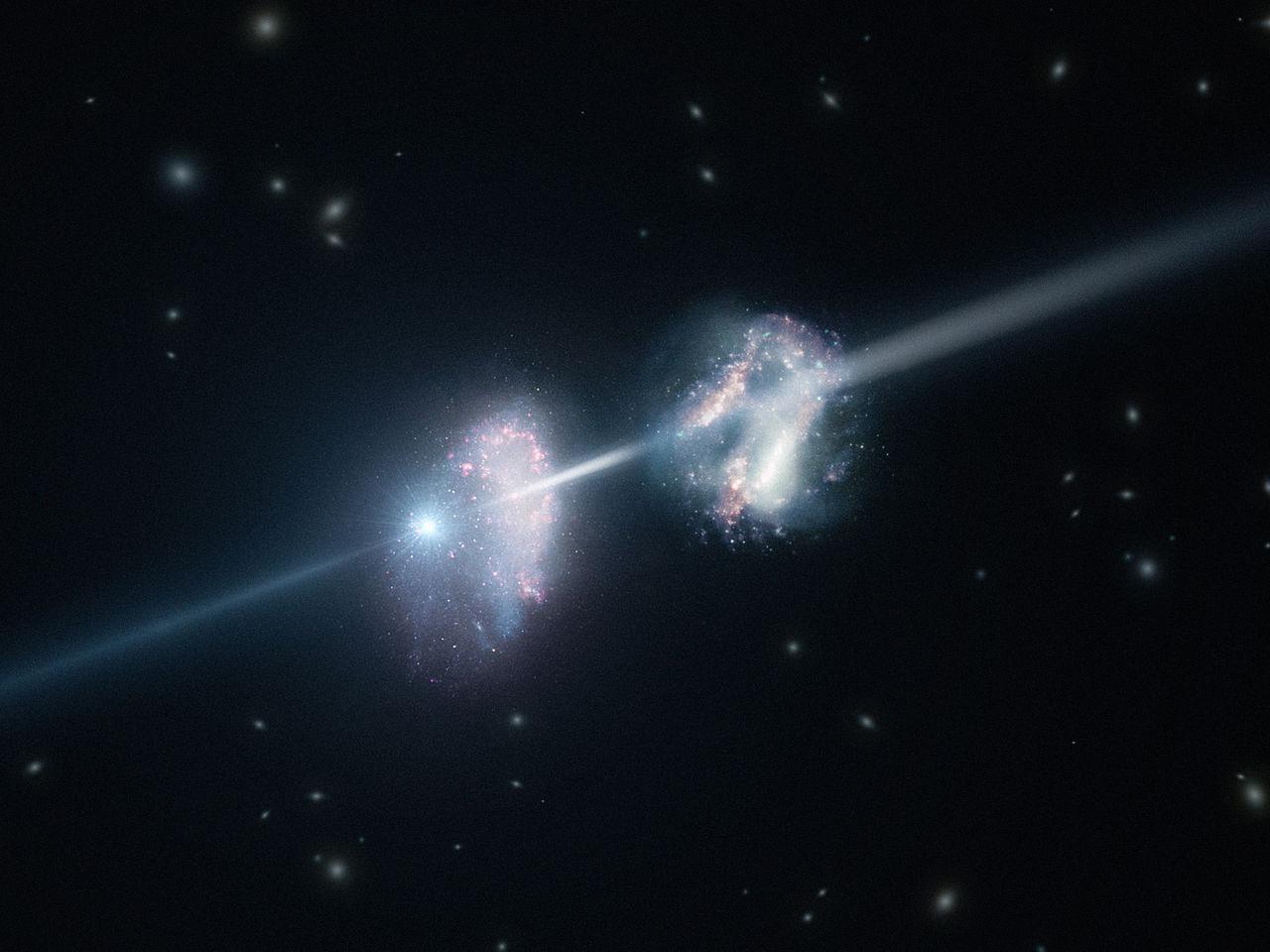
Source: Wikimedia
“This discovery unveils the crucial role played by ultra-faint galaxies in the early Universe’s evolution,” said the researcher, underlining the profound significance of the discovery.
The Evolution of the Universe
According to Chemerynska, the new discovery highlights the link between low-mass galaxies and the evolution of the universe.
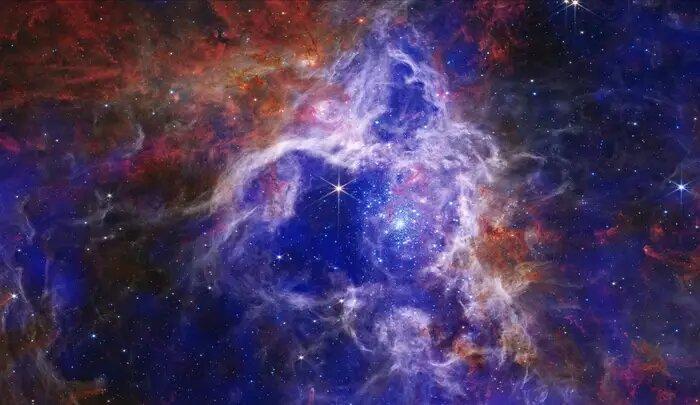
Source: NASA
“They produce ionizing photons that transform neutral hydrogen into ionized plasma during cosmic reionization. It highlights the importance of understanding low-mass galaxies in shaping the Universe’s history,” she added.
Webb Telescope Makes Fascinating Discovery
Using the $10 billion JWST, the team of researchers harnessed the power of a technique called gravitational lensing, which allowed them to use the curvature of spacetime observed around massive celestial objects as a lens, showcasing the awe-inspiring technological capabilities of the telescope.
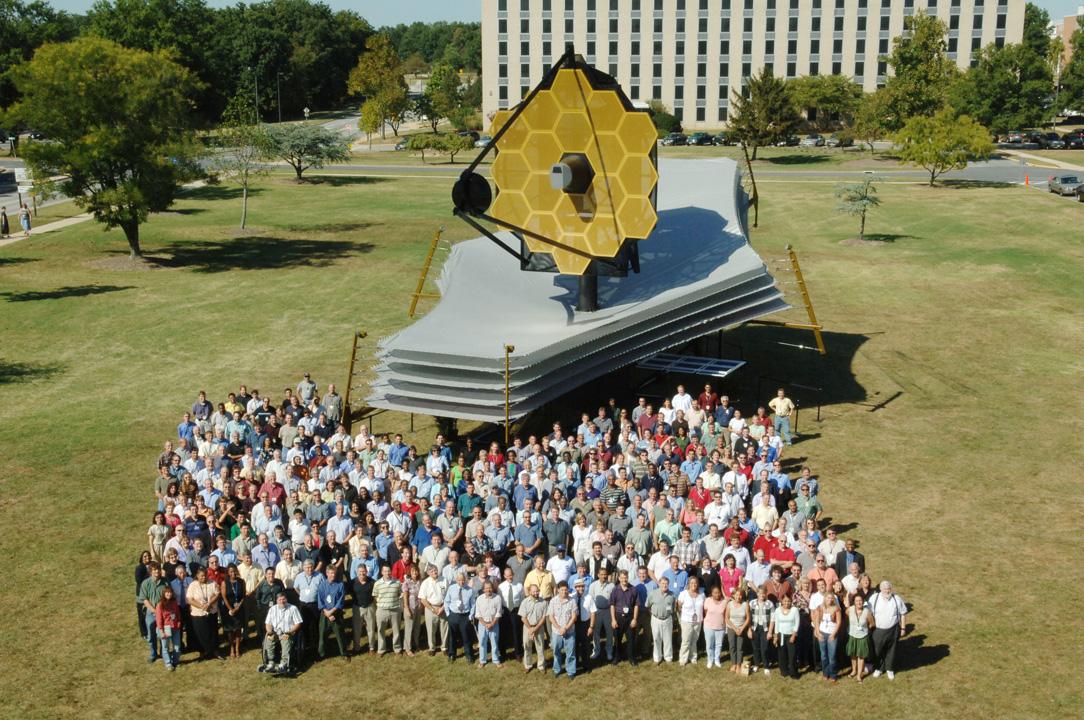
Source:
The enormous celestial object is the leaning cluster dubbed Pandora’s cluster or Abell 2744 to scientists. Pandora’s cluster is made up of four much smaller galaxy clusters, and as a result of its magnification effect, researchers were able to detect the light from eight faint galaxies.
Pandora’s Cluster Enables Researchers to Observe the Early Universe
Hakim Atek, an astrophysicist from Sorbonne University who led the study, explained the discovery during the press release.
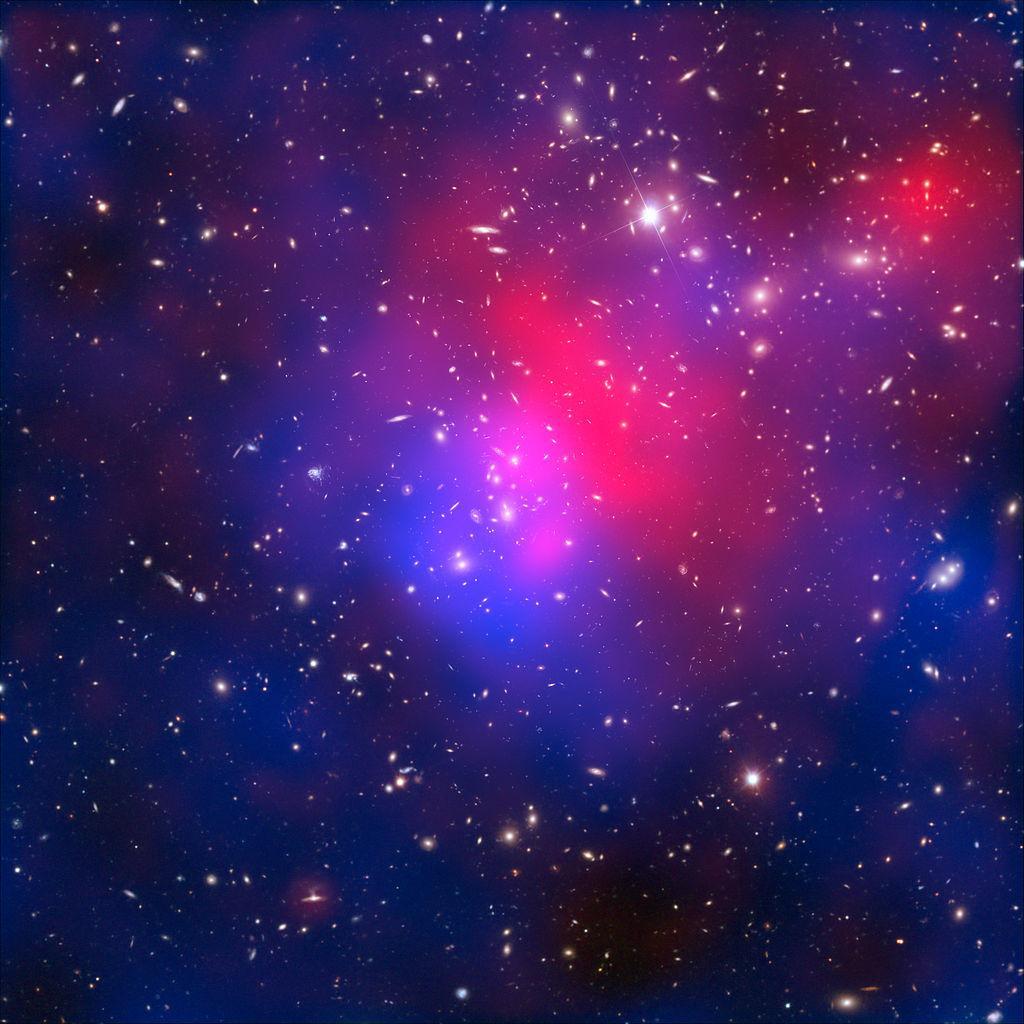
Source: Wikimedia
“The incredible sensitivity of NIRSpec combined with the gravitational amplification provided by Abell 2744 enabled us to identify and study these galaxies from the first billion years of the Universe in detail, despite their being over 100 times fainter than our own Milky Way,” he said.
Upcoming Program
In an upcoming Webb program, researchers will attempt to obtain the images of a galaxy cluster named Abell S1063 “in order to verify whether this population is representative of the large-scale distribution of galaxies,” said the press release.
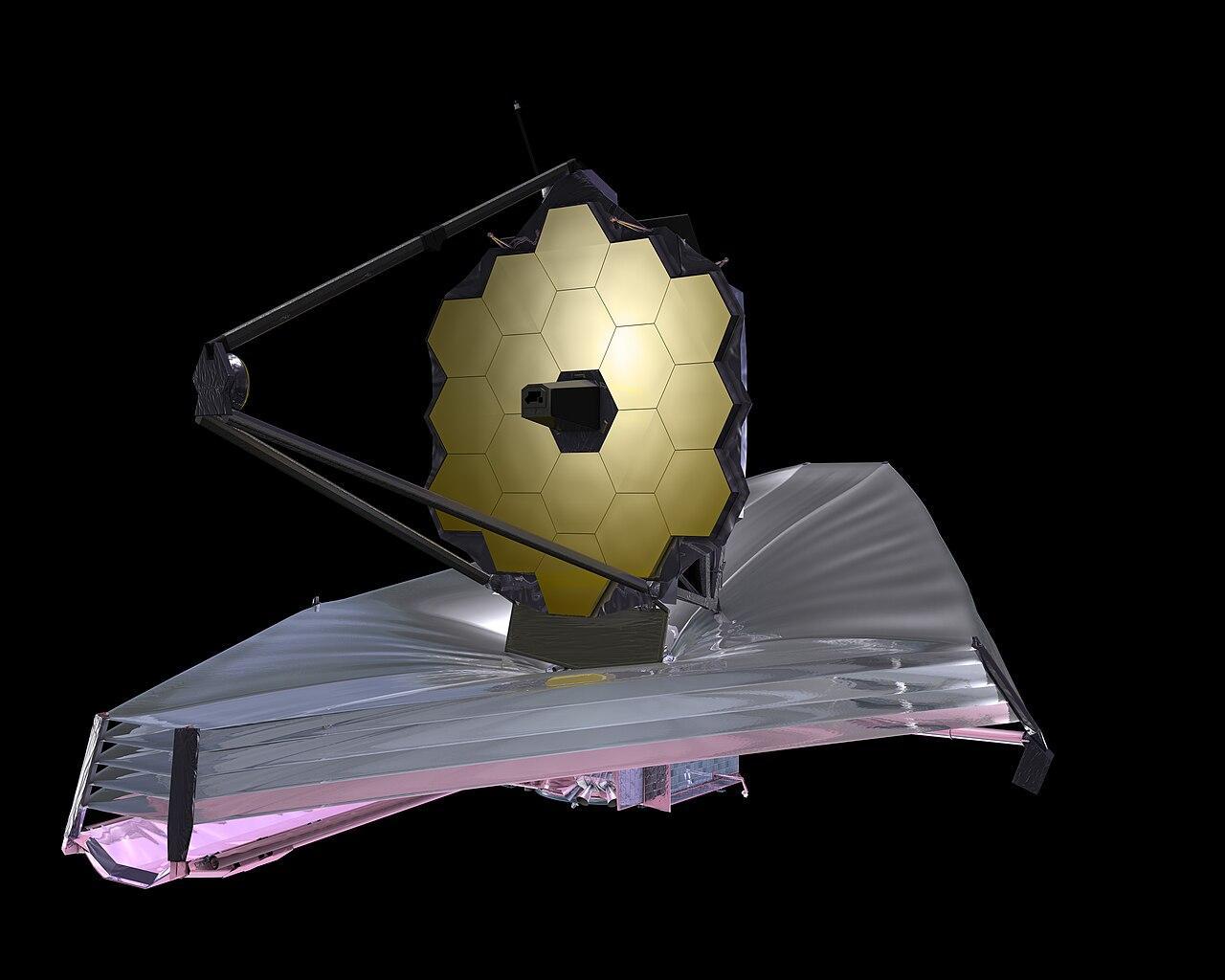
Source: Wikimedia
It continued, these “observations will also help astronomers probe the period known as Cosmic Dawn, when the Universe was only a few million years old, to develop our understanding of the emergence of the first galaxies.”
